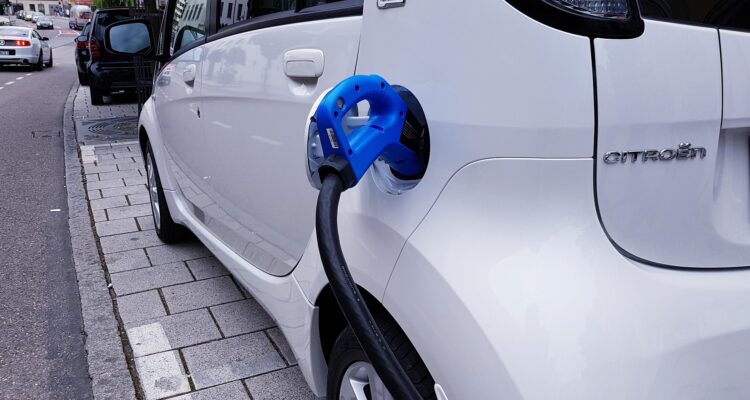The latest update from HMRC on electric vehicle (EV) mileage rates, effective 1 September 2025, represents a landmark shift in reimbursing EV company car drivers. For the first time, advisory electricity rates (AERs) now differentiate between home and public charging. This change reflects the real-world costs of charging and introduces new compliance and administrative considerations for businesses and drivers alike.
Previously, company EV drivers were reimbursed at a flat 7p per mile regardless of charging location. From 1 September 2025, HMRC has introduced a dual-rate structure:
- Home charging: 8p per mile
- Public charging: 14p per mile
The split accounts for higher public charging costs, which include increased electricity tariffs and a 20% VAT compared with the 5% VAT typical of domestic electricity.
HMRC calculates AERs quarterly, incorporating electrical efficiency and prevailing electricity prices. EV efficiency is based on a weighted figure of 3.59 miles per kWh, reflecting UK sales data. Domestic rates use the Department for Energy Security and Net Zero’s benchmark of 27.04 p/kWh, while public rates rely on the Zapmap index for slow and fast chargers, uprated with Office for National Statistics electricity data. Rounded to the nearest penny, these calculations yield the current 8p and 14p rates.
Employers must revise mileage reimbursement policies to reflect the split rates. Systems should allow differentiation between home- and publicly charged miles, with the grace period ending 30 September 2025. From 1 October, compliance with the new rates becomes mandatory.
Payroll and expense platforms must accommodate multiple rates per journey. This requires accurate recording of charging locations and mileage segmentation. Clear instructions for employees are essential to avoid under- or over-reimbursement.
Installing workplace chargers can enable employees to use home-rate electricity while at work, reducing reliance on more expensive public networks. Businesses with high-mileage fleets should monitor charging habits, particularly where ultra-rapid chargers are used, as actual costs may exceed standard public-rate reimbursement.
Guidance for EV Drivers
Drivers of company-owned EVs must:
- Verify vehicle eligibility for the new AER rates. Privately owned EVs continue to use standard Approved Mileage Allowance Payments (AMAPs).
- Keep meticulous records of charging locations and receipts for public charging.
- Segment journeys into home- and public-charged miles when submitting claims.
- Stay updated with HMRC guidance as AERs are subject to quarterly review.
The introduction of split rates highlights VAT discrepancies between domestic and public charging and signals broader policy considerations for EV adoption. While the British Vehicle Rental and Leasing Association (BVRLA) has welcomed the update, calls continue for an additional ultra-rapid charging rate to better reflect extreme public charging costs, which can exceed 80p per kWh.
HMRC’s 2025 update to EV mileage rates offers fairer reimbursement for drivers while demanding enhanced administrative diligence from employers. Proper implementation ensures compliance, reduces out-of-pocket costs for employees, and supports the UK’s ongoing transition to electric fleets. By updating policies, expense systems, and workplace infrastructure, businesses can streamline reimbursements and optimise EV fleet management.






